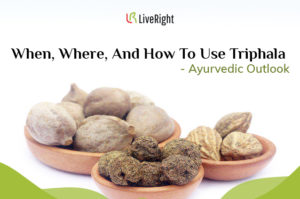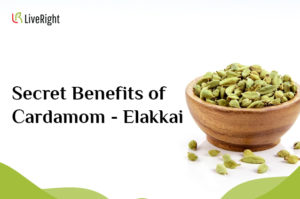Last updated on August 21, 2024 by Dr. Subashri Thanigaivel
Snakes use their venom mainly to attack the prey, but in the rare case, they use it against their enemies including humans. Out of hundreds of snakes found in our country, only a handful of them is poisonous. India is recognized to have the highest snake bite mortality in the world. Most deaths happen as the victim is not reaching the hospital in time. These are preventable.
Snake venom is a complex mixture of more than 20 compounds which can be broadly classified as Neurotoxin (affecting the nerves ) or Haemotoxin (affecting the blood). There are other forms of venom but usually is a mixture of different types.
In India, death is caused mainly by the bite of 4 varieties of snakes – Cobra, Russels Viper, Krait and saw-scaled viper. There are many non-poisonous snakes that resemble the poisonous ones. So there is no need to panic when a snake bites, it may be harmless.
What you should not do..
1. Don’t Panic: It is natural to panic after a snake bite, the by-standers must try to calm the patient down. Stress or movement will increase the blood circulation that leads to spreading of the venom. The victim should rest by keeping the bite area below the hearing level.
2. Don’t try to capture the snake: It is a common practice to bring the snake to the hospital along with the patient to help the treatment. It would waste the precious time for the victim and may put another life at risk moreover.
# The anti-venom used in India will work against the four common main poisonous snakes hence known as polyvalent. The treatment is decided based on the symptoms developed in the victim. So identification of the snake may not help the treatment.
# A picture of the snake may help an expert in confirming whether it is poisonous or not, but should not waste time on searching the snake.
1. Don’t apply Tourniquets: It is a common misconception to tie a cloth or bandage above the bite to prevent the spreading of venom. This act cannot do any help but may result in permanent damage to the limb due to lack of blood flow.
2. Don’t try to make a cut and remove blood: Some venom may reduce the clotting ability of blood which may result in excessive bleeding. Sucking the blood from the victims wound may result in poisoning the other person.
3. Don’t apply anything over the wound: Applying any ointment or herbal paste may create further troubles or infection. Applying ice is also not advised. A bandage can be applied to prevent bleeding.
4. Don’t take any stimulants like tea/ coffee or alcohol or tobacco: All these will increase the blood circulation in the body and lead to the spreading of the venom.
What you should do..
It is now recommended to adopt what has been called the ‘Do it R.I.G.H.T.’ approach.
R – Reassurance, help the victim to calm down and relax
I – Immobilisation of the bitten part as per a fractured limb (without bandaging)
G H– Get the patient to Hospital as soon as possible
T – Telling the doctor of any symptoms that develop
Any other First Aid methods adopted are ineffective and dangerous. The anti-venom may develop allergic responses in the patient; the hospital should be equipped to handle such issues.



